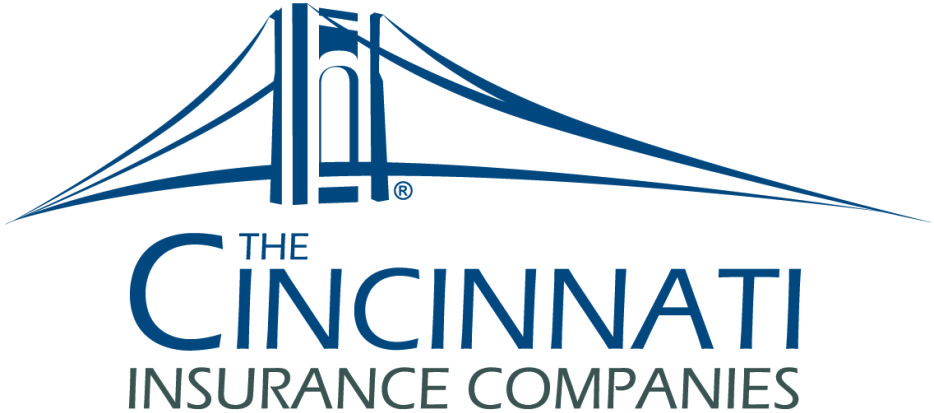Cincinnati Financial Corporation has reported that its combined ratio deteriorated to 103.1% during the second quarter of 2020 following $231 million of catastrophe losses.
 Elevated catastrophe losses, plus $65 million of pandemic related loss and expense effects, meant the company finished the quarter with an underwriting loss of $41 million.
Elevated catastrophe losses, plus $65 million of pandemic related loss and expense effects, meant the company finished the quarter with an underwriting loss of $41 million.
The Q2 combined ratio increased by 6.6% compared with the same period last year, while the H1 combined ratio increased by 6.0%.
The higher combined ratios included increases of 6.5 points and 4.9 points for losses from catastrophes plus 4.6 points and 2.5 points of pandemic-related losses or expenses, respectively.
Overall, catastrophes accounted for 16.5 points of the 103.1% second quarter combined ratio and 12.8 points of the 100.8% six month combined ratio.
But despite this deterioration, Cincinnati Financial’s Q2 net income more than doubled from $428 million to $909 million, after recognizing an $825 million increase in the fair value of equity securities still held.
The company also saw 6% growth in second-quarter net written premiums, reflecting price increases and premium growth initiatives.
“Against the backdrop of a challenging second quarter, we continued to be a source of stability for our agents and policyholder,” said Chairman, President and CEO Steven J. Johnston.
“Our efforts, along with those of our insurance industry peers, have helped affected communities build themselves back up. Together, we are helping our policyholders quickly get back to business in the wake of weather and civil unrest-related catastrophes.”
“These two types of catastrophes demonstrate the power of spreading risk – as insurance was designed to do. By pooling premiums for covered risks that are limited in duration and geography, the industry can help businesses and families restore lives and livelihoods,” he continued.
“Keeping focused on our business fundamentals allowed us to continue enhancing our core underwriting book as measured by our six-month combined ratio before catastrophe losses and before development of reserves for prior accident years. At a satisfactory 90.4%, that ratio improved 1.9 points over the same period last year.”
Johnston concluded: “Looking ahead, we are maintaining a long-term perspective with our investment philosophy and aren’t swayed by periodic market volatility. We remain focused on our insurance business and are confident it’s in excellent shape to provide cash for investment and earnings that support future shareholder dividends and add to book value.”


